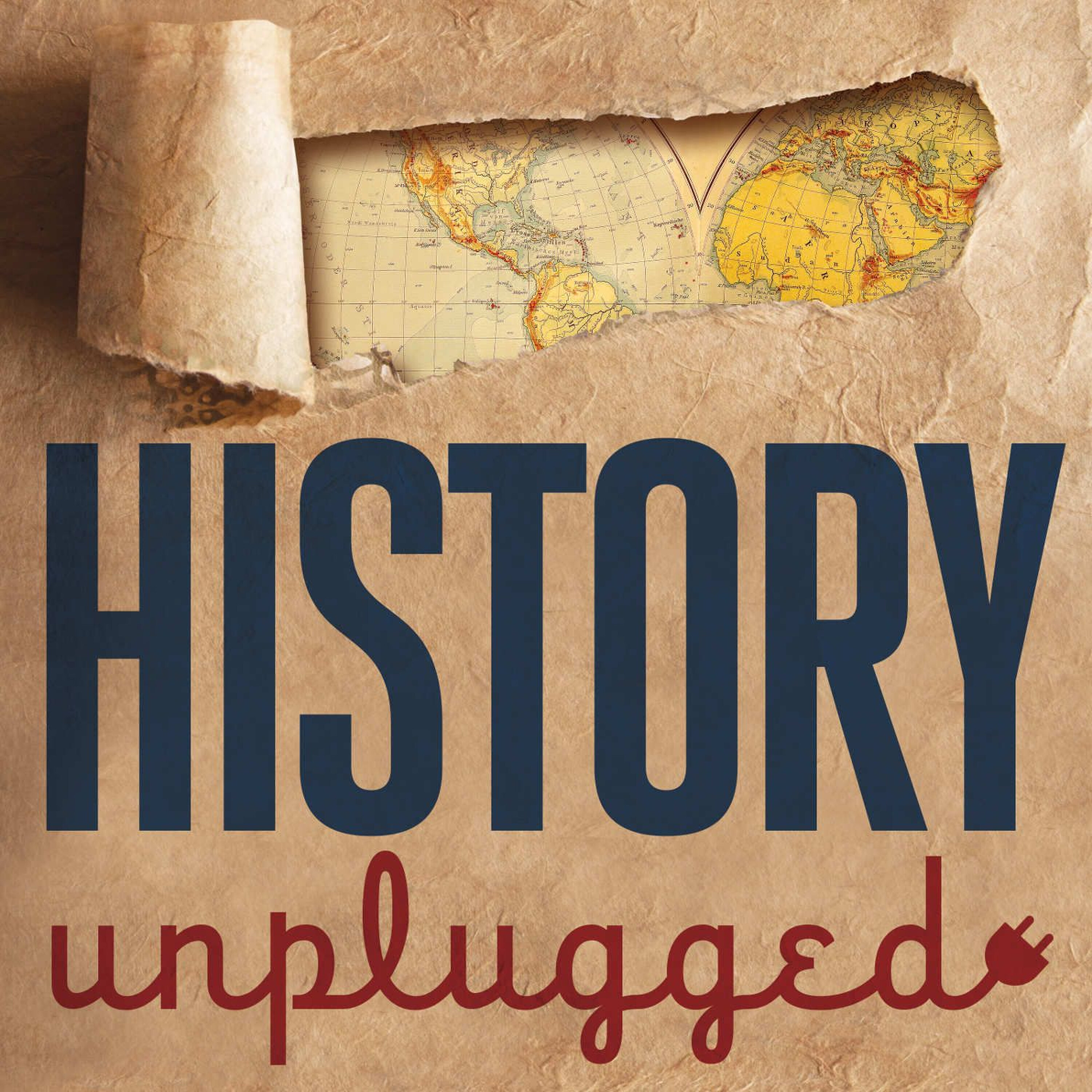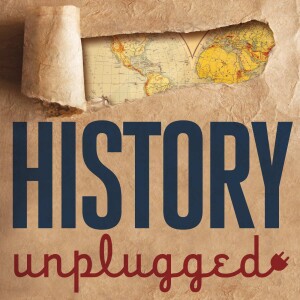
In the summer of 1944, a handpicked group of young GIs—including such future luminaries such as Bill Blass, Ellsworth Kelly, Arthur Singer, Victor Dowd, Art Kane, and Jack Masey—landed in France to conduct a secret mission. From Normandy to the Rhine, the 1,100 men of the 23rd Headquarters Special Troops, known as the Ghost Army, conjured up phony convoys, phantom divisions, and make-believe headquarters to fool the enemy about the strength and location of American units. Every move they made was top secret and their story was hushed up for decades after the war's end.
The unit’s official US Army history noted that “its complement was more theatri¬cal than military,” and “It was like a traveling road show that went up and down the front lines imperson¬ating the real fighting outfits.”
They pulled off twenty-one differ¬ent deceptions and are credited with saving thousands of lives through stagecraft and sleight of hand. They threw themselves into their impersonations, sometimes setting up phony command posts and masquerading as generals. They frequently put themselves in danger, suffering casualties as a consequence. After holding Patton’s line along the Moselle, they barely escaped capture by the Germans in the Battle of the Bulge, and in March 1945 they performed their most dazzling deception, misleading the Germans about where two American divi¬sions would cross the Rhine River.
To explore the story of this forgotten subterfuge is today’s guest, Rick Beyer, author of “The Ghost Army of World War II: How One Top-Secret Unit Deceived the Enemy with Inflatable Tanks, Sound Effects, and Other Audacious Fakery.” We look at how a traveling road show of artists wielding imagination, paint, and bravado saved thousands of American lives.
view more
The unit’s official US Army history noted that “its complement was more theatri¬cal than military,” and “It was like a traveling road show that went up and down the front lines imperson¬ating the real fighting outfits.”
They pulled off twenty-one differ¬ent deceptions and are credited with saving thousands of lives through stagecraft and sleight of hand. They threw themselves into their impersonations, sometimes setting up phony command posts and masquerading as generals. They frequently put themselves in danger, suffering casualties as a consequence. After holding Patton’s line along the Moselle, they barely escaped capture by the Germans in the Battle of the Bulge, and in March 1945 they performed their most dazzling deception, misleading the Germans about where two American divi¬sions would cross the Rhine River.
To explore the story of this forgotten subterfuge is today’s guest, Rick Beyer, author of “The Ghost Army of World War II: How One Top-Secret Unit Deceived the Enemy with Inflatable Tanks, Sound Effects, and Other Audacious Fakery.” We look at how a traveling road show of artists wielding imagination, paint, and bravado saved thousands of American lives.
More Episodes
012345678910111213141516171819
Create your
podcast in
minutes
- Full-featured podcast site
- Unlimited storage and bandwidth
- Comprehensive podcast stats
- Distribute to Apple Podcasts, Spotify, and more
- Make money with your podcast
It is Free
- Privacy Policy
- Cookie Policy
- Terms of Use
- Consent Preferences
- Copyright © 2015-2024 Podbean.com





